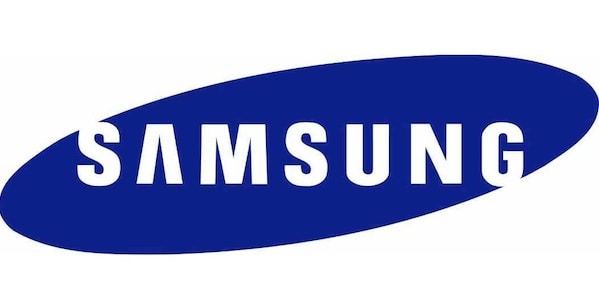
Samsung Electronics Latin America and the Glasswing International Foundation have been awarded winners of the 2016 Best Practices of Corporate Social Responsibility in Latin America, in the “Inter Sectorial Partnerships” Category.
This award, given by the Mexican Center for Philanthropy (CEMEFI, for its Spanish acronym), together with the Mexican Center for Alliance on Social Responsibility (AliaRSE, for its Spanish acronym) and “Forum Empresa”, highlights the commitment of companies in Latin America that voluntarily implement social responsibility programs and continuous improvement management as part of their culture and sustainable business strategy, positively impacting all related stakeholders while contributing to the success of their value-added business.
The main objective of the intersectoral partnership between Samsung and Glasswing is to ensure the effective implementation of resources as well as the generating of positive impact at the regional level. Samsung aims to have a constant and lasting presence in the communities where it contributes.
It is able to achieve this goal, through its partnership with Glasswing International as Samsung brings experience in technology for education, and Glasswing International contributes experience in educational and community empowerment projects.
Nicole Orillac, Manager of Corporate Citizenship for Samsung in the region said, “Samsung, in conjunction with the NGO Glasswing International, created a model for inclusion and appropriation of technology in education, based on the concept of smart classrooms which use last generation tech components, putting teachers and students at the center of the project and thereby ensuring its sustainability.”
She added that this is an intersectoral partnership at regional level (Central America, the Caribbean, Ecuador and Venezuela) between Samsung Electronics Latin America and the NGO Glasswing International—but with the participation of Ministries of Education, other NGOs, educational communities and corporate volunteers, to help improve the quality of education through inclusion, correct appropriation and contextualization of teaching-learning technology in the public education system.
From 2014-2015, 39 Smart Schools were installed in Central America, the Caribbean, Ecuador and Venezuela. In summary, 13 countries in the region have benefited from a solid and sustainable program which continues to evolve; these countries have configured and integrated education technology including 1,240 tablets Samsung computers, 10 servers, 44 smart TVs and 156 laptops.
This initiative aims to benefit the student population by providing public schools with technology and creating dynamic spaces for the learning. Since 2014 and to this date, 29,035 students and 1,248 teachers have benefited cumulatively. In the current school year, there is a population of 25,254 students and 1,248 teachers—of whom 11,538 students and 939 teachers use the classroom during curricula hours.
For Samsung, the motivation of an intersectoral alliance has been to implement successfully and sustainably a large-scale educational program, with impact at regional level by integrating the knowledge and experience of the company and Glasswing International.
The recognition gained has confirmed that the Samsung Smart School program provides measurable, innovative, sustainable and replicable results, and underscores originality in its planning and execution.


“Innovation is described as the adoption of new machinery, the use of licensed technology, changes in production process or revamping of organisational structure.” – I’m sorry, I think that’s a poor description of what it actually is, and demonstrates part of the problem in local thinking.
Business innovation is easily defined: It is the creation and adoption of something new that generates business value.
The key is that ‘something new’ means ‘new’ in the global context, not the local context. Buying someone else’s stuff, using someone else’s process… not innovative. That would be consumerism being sold as innovation by marketers smarter than their markets.
I’m pretty sure the author wasn’t doing anything more than reporting what he found in the field without comment. In the context of the larger report, he neither endorses nor slights what was reported for him, though his suggestions about how to proceed are pretty clear. It’s worth going through the report to see the scale of the challenges that exist both within the private sector as well as the issues that challenge them.
I imagine you’re right. I’m just being critical of how the term ‘innovation’ is used, and it’s a sore point for me because all too often what is considered innovative here isn’t really innovative within a global context. And when we look at diversification, we need to work with the global context, in my opinion.